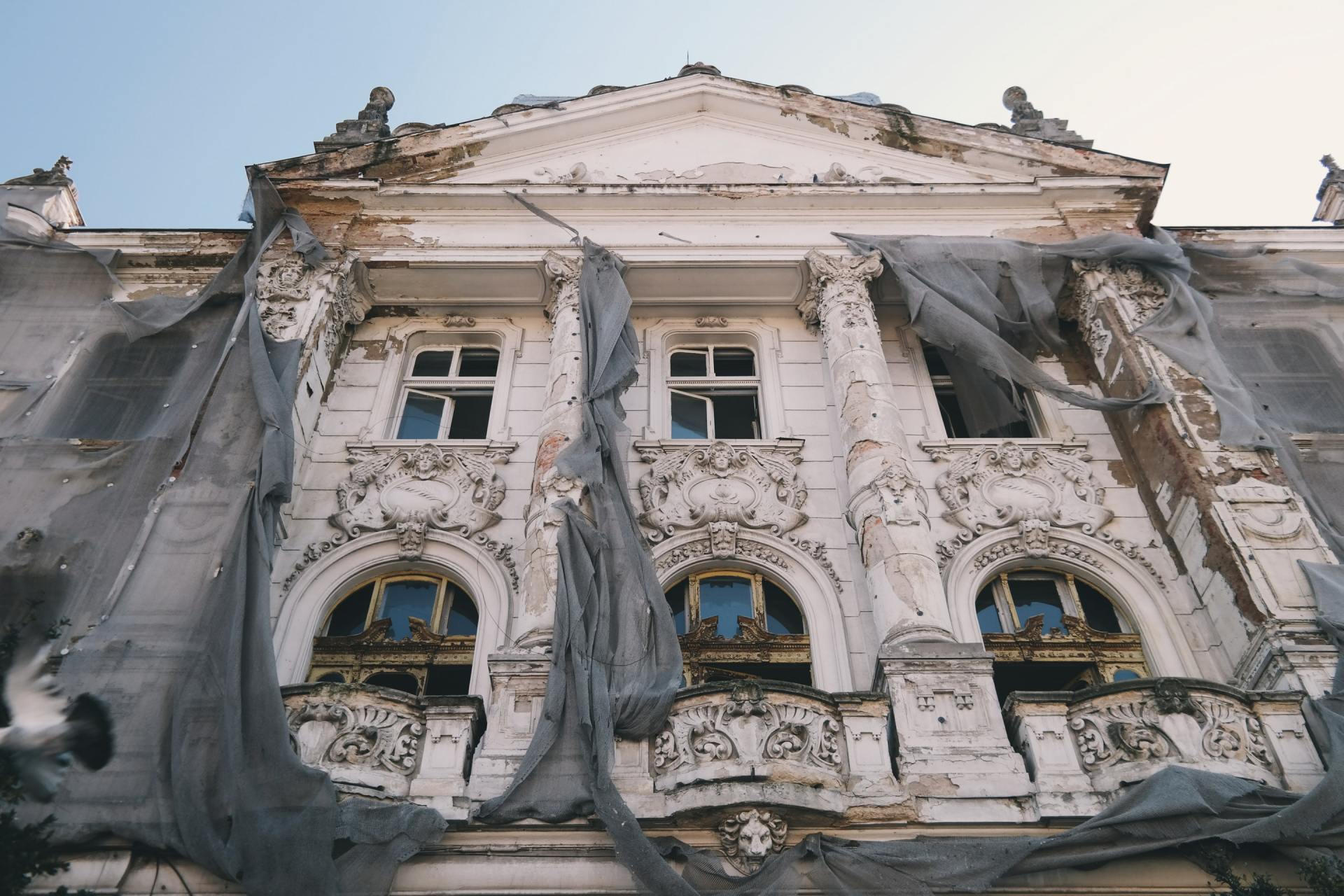Renovating a heritage home can be hugely satisfying but also has massive potential to turn into a disaster. You can get caught up with the romance of the property and spend huge sums of money on restoring the minute details that define its era.
It is a privilege to own a heritage property, being the custodians of a small part or Australian history but it can also be a balancing act between preserving the heritage and taking on a costly exercise in restoration. Of course, if your property is covered by a heritage overlay or is listed in the State Heritage Register you have a legal obligation to abide by the rules. This is a responsibility you adopt when you buy the property.
It is said that renovating a heritage home shouldn’t cost more than any other home but you do need to apply a little commonsense and resourcefulness.



